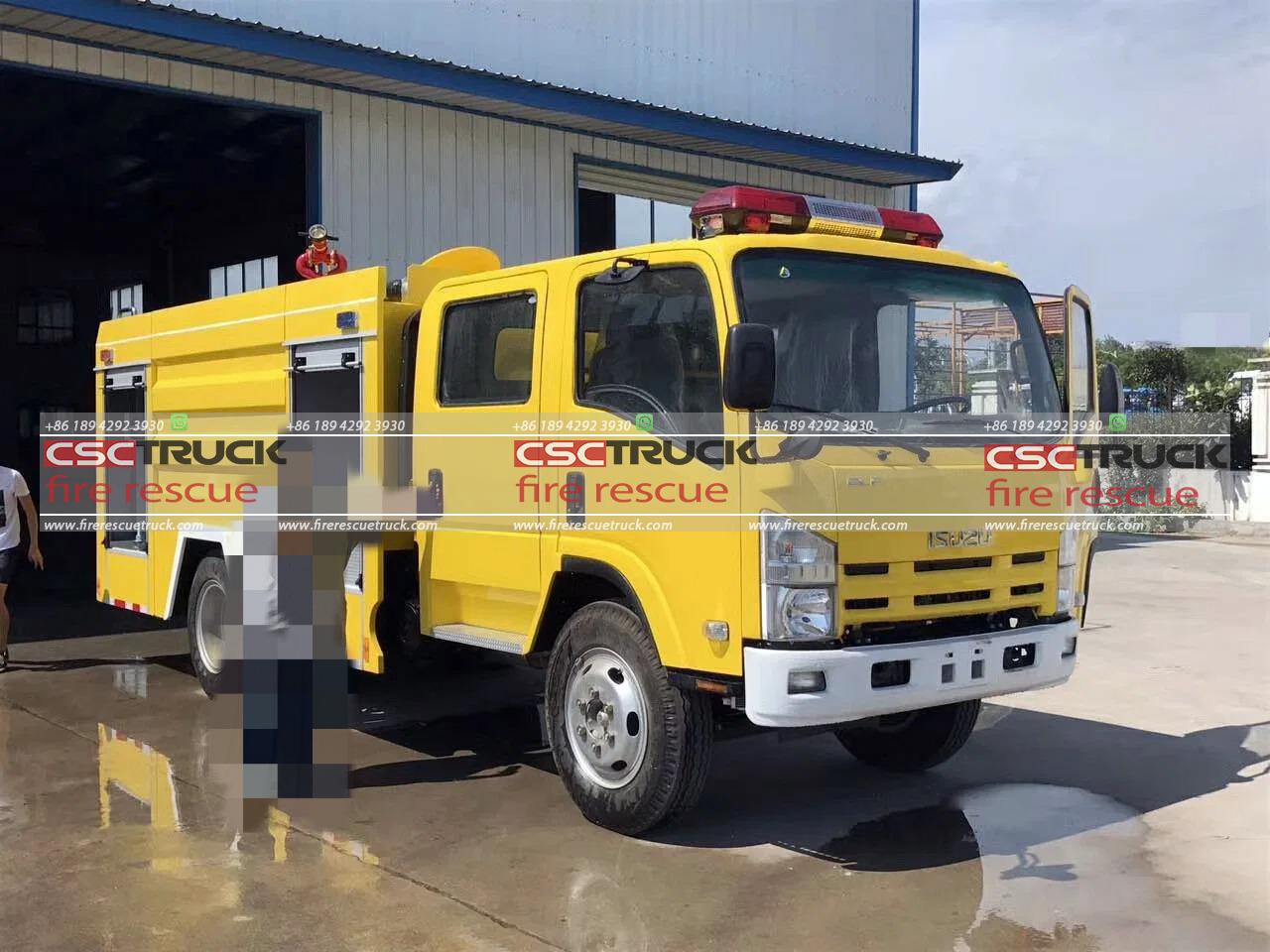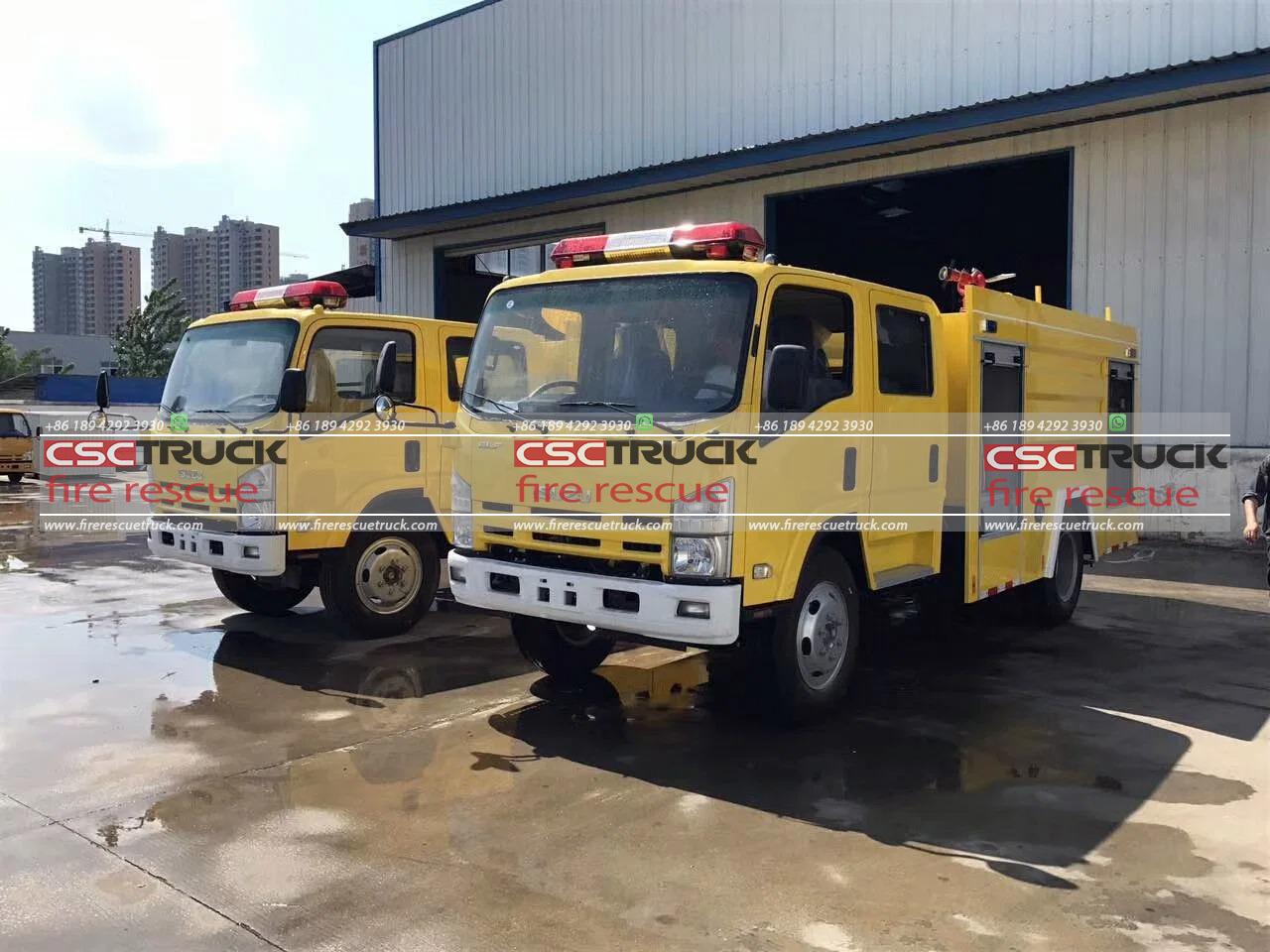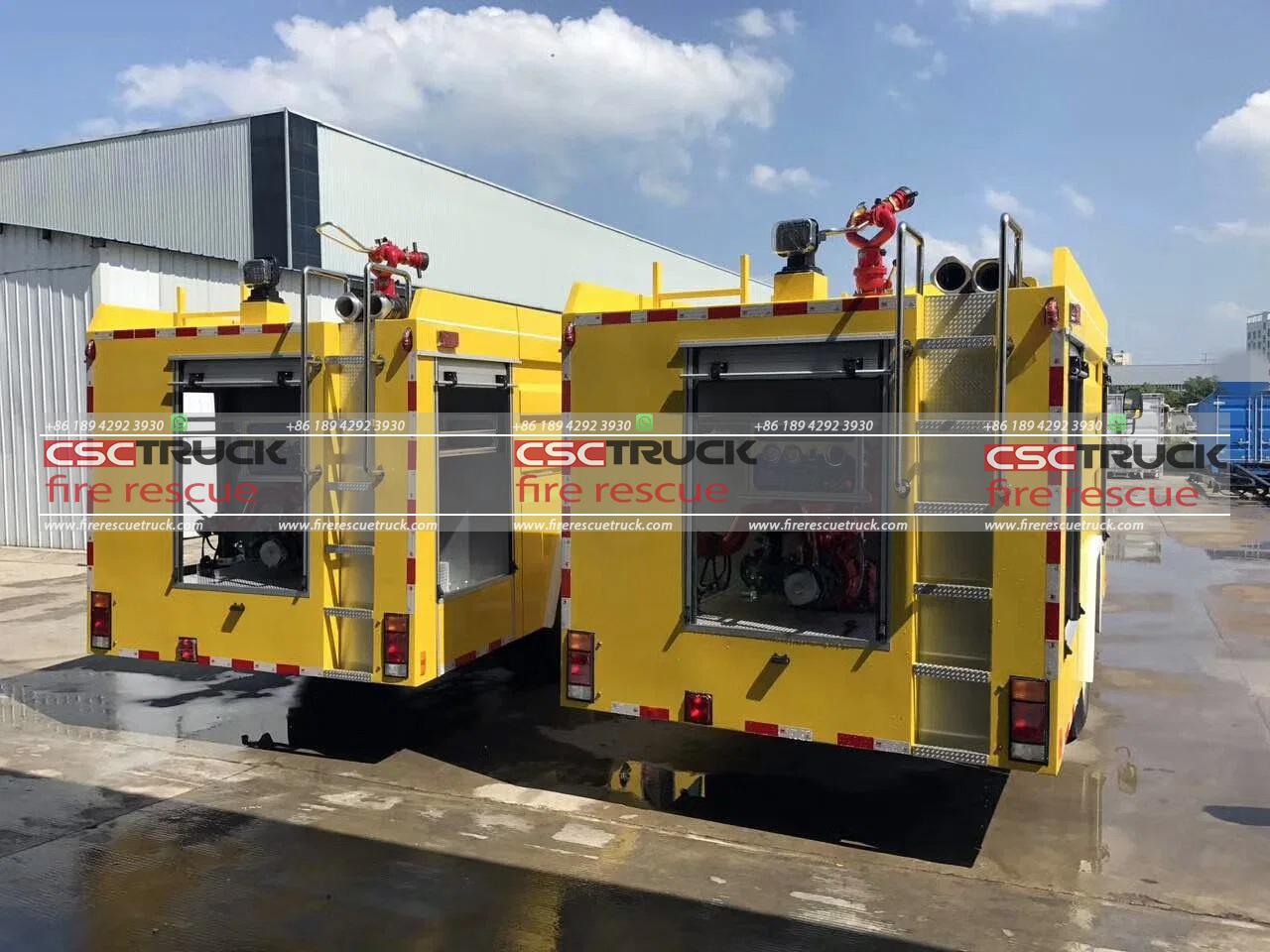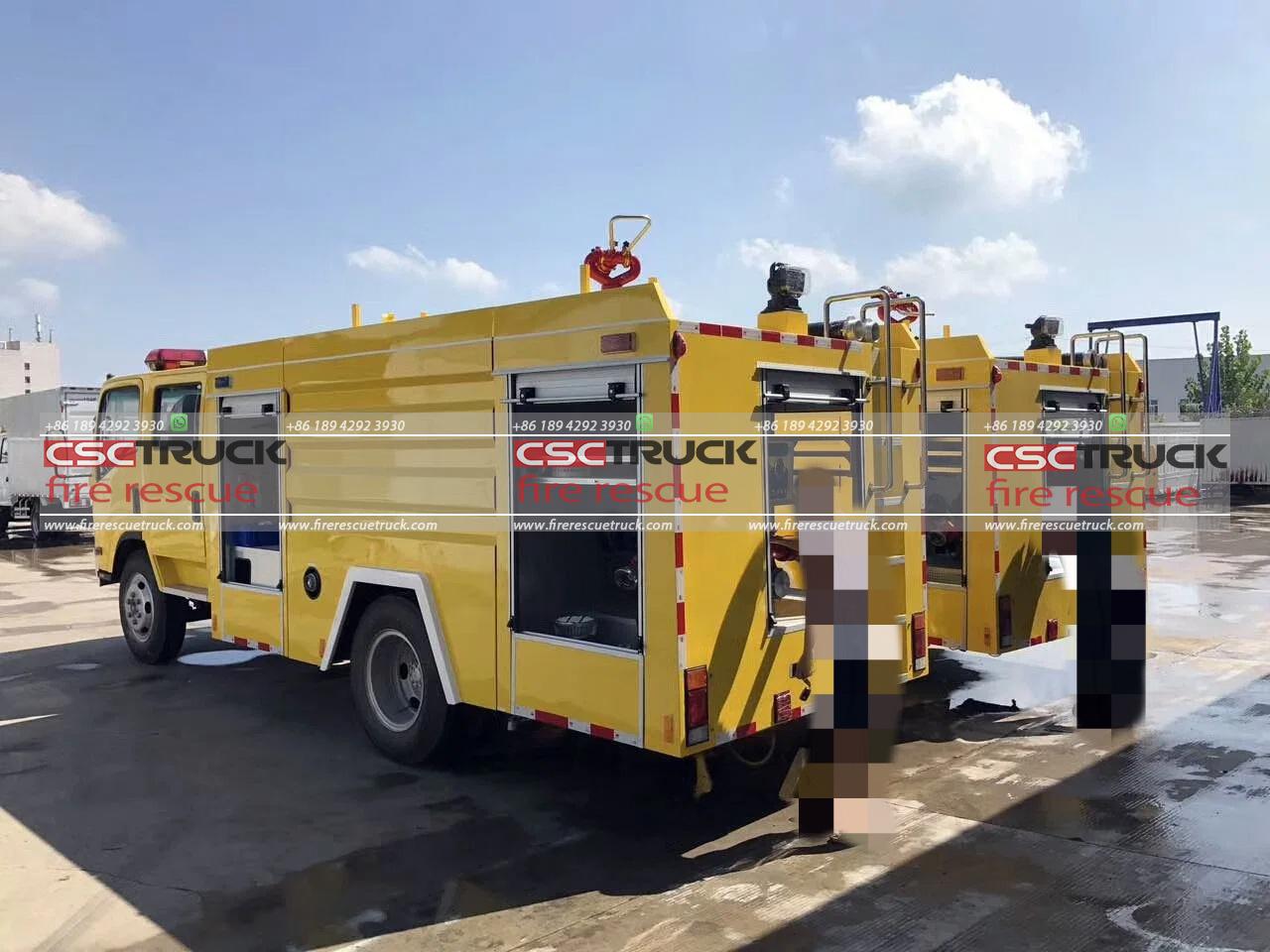Why are Hawaii Firetrucks Yellow?
Fire trucks, often seen speeding down city streets with sirens blaring, have traditionally been red. But if you find yourself in Hawaii, you might notice something unusual: many fire trucks are yellow. This departure from the classic red has piqued the curiosity of both locals and tourists alike. Why did Hawaii opt for yellow fire trucks, and what does the color represent? This article delves into the reasons behind this distinctive choice and its implications for visibility, safety, and tradition.
A Brief History of Fire Truck Colors
The iconic red fire truck has roots dating back to the early 20th century when red was one of the most expensive and striking colors available. This bright hue was chosen to help fire trucks stand out among other vehicles on the road. Over time, the red fire truck became a cultural symbol of the firefighting service. Yet, as road conditions, traffic, and the understanding of color psychology evolved, so did the considerations for fire truck colors.
Hawaii‘s decision to switch to yellow fire trucks wasn’t arbitrary. It was a well-thought-out choice influenced by research on safety and visibility.

The Science of Color and Visibility
The primary reason for Hawaii’s adoption of yellow fire trucks revolves around safety. Research has shown that certain colors are more visible under various lighting conditions. Red, while vibrant, is not always the most visible, especially at night or in low-light situations. The science of color visibility plays a significant role in determining the effectiveness of emergency vehicles on the road.
Studies conducted by the Emergency Vehicle Visibility and Conspicuity Study have revealed that fluorescent colors like yellow and lime-green are easier for the human eye to detect, particularly in dim light or when seen from a distance. Yellow, specifically, offers a stark contrast against the urban landscape, lush greenery, and even the oceanic blues and grays that are common in Hawaii. This increased visibility is crucial in situations where seconds count, such as navigating through heavy traffic or arriving at the scene of an emergency.
The Influence of Dr. Stephen Solomon’s Research
The shift to yellow fire trucks in Hawaii can largely be attributed to the work of Dr. Stephen Solomon, a renowned expert in the field of visual science. Dr. Solomon’s research in the 1970s and 1980s focused on the visibility of emergency vehicles and the human eye’s perception of different colors under various lighting conditions. His findings indicated that yellow and lime-green were significantly more visible than red, particularly at night.
He argued that the human eye is most sensitive to wavelengths of light in the green-yellow spectrum, making these colors easier to detect in a range of conditions. This is particularly important in emergencies where quick recognition of a fire truck can prevent accidents and improve response times. Hawaii’s adoption of yellow fire trucks is a testament to the state’s commitment to leveraging scientific research for public safety.

Practical Considerations Unique to Hawaii
Hawaii’s unique environment also played a role in the decision to use yellow fire trucks. The islands are known for their diverse topography, from dense forests and volcanic landscapes to urban areas and coastal roads. Under bright sunlight or amid lush green surroundings, red fire trucks can sometimes blend in, making them harder to spot.
Yellow fire trucks, however, stand out distinctly against Hawaii’s varied backdrops, whether it’s the vibrant greenery of rainforests or the shimmering coastal highways. This increased contrast enhances visibility not only for other drivers but also for pedestrians and cyclists, who share the road in many parts of the islands.
Hawaii’s fire trucks are also frequently involved in emergencies where off-road capability is necessary, such as responding to brush fires or accessing remote areas. The yellow color makes it easier for fire trucks to be spotted by air rescue teams or drones that might be assisting with coordination and oversight.
Psychological and Cultural Aspects
Another aspect to consider is the psychological impact of color. Red is often associated with urgency and danger, which can heighten stress levels for both firefighters and the public during emergency responses. Yellow, on the other hand, is often perceived as a more neutral and calming color, which can help reduce anxiety in tense situations.
In Hawaiian culture, colors hold symbolic meanings that can influence public perception. Yellow, traditionally associated with royalty and honor, can also evoke feelings of warmth, safety, and positivity. This cultural resonance makes yellow an appropriate choice for vehicles dedicated to public service and safety.

Adoption and Acceptance: A Gradual Transition
Hawaii was one of the first states in the U.S. to fully embrace yellow fire trucks. The transition began in the late 1970s and was met with mixed reactions. Many firefighters and community members were accustomed to the traditional red and felt that the change might undermine the authority and recognition associated with red fire trucks.
However, as more studies highlighted the safety benefits of yellow trucks, acceptance grew. The Honolulu Fire Department, for example, began using yellow trucks specifically to improve visibility. Over time, this color change became more widespread across the islands, and today, yellow fire trucks are a familiar sight, often regarded as a point of pride for Hawaii’s emergency services.
Current Trends: Will Yellow Remain the Standard?
While yellow fire trucks are still predominant in Hawaii, there is an ongoing debate in the emergency services community about the most effective colors and patterns for fire trucks. Some departments have experimented with high-visibility striping, reflective materials, and even hybrid color schemes to further enhance safety.
There is also a growing trend towards customizing fire trucks based on specific community needs. For instance, rural areas might prioritize a different color scheme than urban areas due to varying environmental factors. However, in Hawaii, yellow fire trucks have proven their effectiveness in terms of visibility, safety, and public acceptance, making it likely that they will remain the standard for the foreseeable future.

Conclusion
The yellow fire trucks of Hawaii are more than just a departure from tradition—they are a strategic decision based on research, safety, and cultural considerations. By choosing a color that maximizes visibility and reflects the unique environmental and cultural context of the islands, Hawaii has set an example for other states and countries looking to improve the safety and effectiveness of their emergency response vehicles. The next time you see a yellow fire truck in Hawaii, you’ll know that its color is a testament to the state’s forward-thinking approach to public safety.







